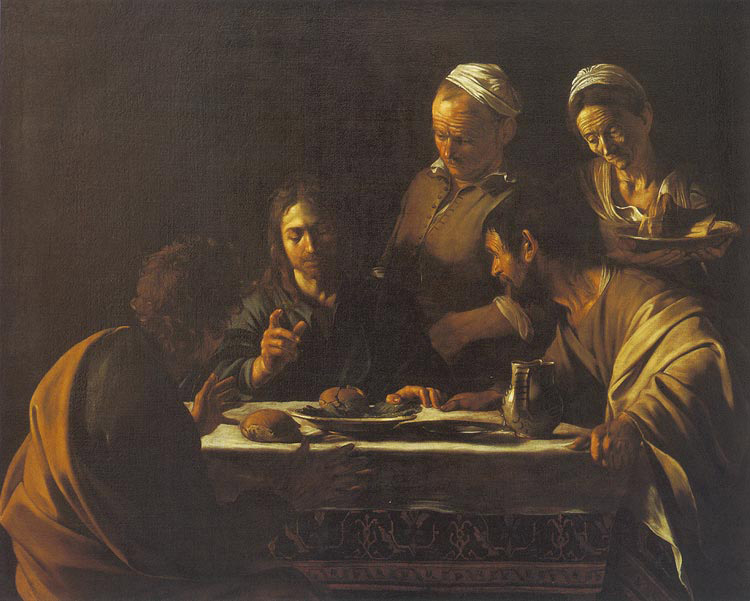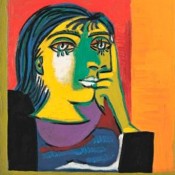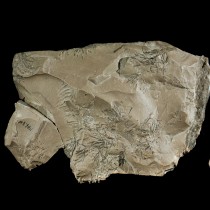Croatia is to be given Caravaggio’s “Supper at Emmaus” (1606) by Italy as a welcome present into the EU. The baroque masterpiece will be presented at Zagreb’s Museum for Arts and Crafts in June.
Commissioned by Cardinal Scipione Borghese, the painting depicts the moment when the resurrected but incognito Jesus, reveals himself to two of his disciples (presumed to be Luke and Cleophas), only to soon vanish from their sight (Gospel of Luke 24: 30-31).
In the Gospel of Mark (16:12) Jesus is said to have appeared to them “in another form”, which may be why he is depicted beardless here, as opposed to the bearded Christ in Calling of St Matthew, where a group of seated money counters is interrupted by the recruiting Christ. It is also a recurring theme in Caravaggio’s paintings to find the sublime interrupting the daily routine. The unexalted humanity is apt for this scene, since the human Jesus has made himself unrecognizable to his disciples, and at once confirms and surmounts his humanity. Caravaggio seems to suggest that perhaps a Jesus could enter our daily encounters. The dark background envelops the tableau.
Caravaggio had painted three versions of the story, the most famous being the one housed in Brera and another on display in London’s National Gallery. By comparison, the gestures of the figures in the Brera painting are far more restrained, making presence more important than performance. This difference possibly reflects the circumstances of Caravaggio’s life at that point (he had fled Rome as an outlaw following the death of Ranuccio Tomassoni), or possibly, recognising the ongoing evolution of his art, in the intervening five years he had come to recognise the value of understatement.


